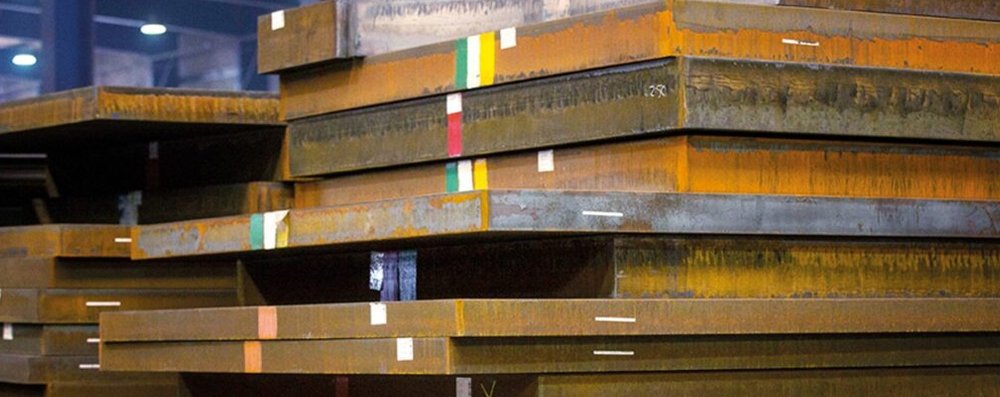Introduction
C45 steel plate is a medium carbon steel grade widely used in engineering and industrial applications. It offers a balanced combination of moderate tensile strength, good toughness, and excellent machinability. Supplied mainly in a normalized condition, C45 can be heat treated (quenched and tempered) to achieve higher strength and wear resistance.
With a higher carbon content than mild steel, C45 is suitable for components like gears, shafts, axles, and bolts that require greater mechanical strength. Although it provides reasonable machinability and can be hardened, its weldability and corrosion resistance are more limited compared to low-carbon steels. Careful preheating and post-weld treatment are recommended for welding applications.
Overall, C45 delivers an excellent cost-performance ratio, making it a dependable material choice for demanding mechanical engineering projects.
Properties of C45 Grade:
- Moderate to high tensile strength
- Good wear resistance after hardening
- Good machinability in normalized or annealed condition
- Reasonable toughness for structural applications
- Limited weldability
- Requires surface protection in corrosive environments
Uses / Applications of C45 Grade:
- Transmission shafts
- Axles and crankshafts
- Gears and gear racks
- Studs and bolts
- Toothed wheels
- High-stress machine components
- Automotive and mechanical engineering parts
Chemical Composition (%):
| Element | Content (%) |
| Carbon (C) | 0.42 – 0.50 |
| Silicon (Si) | 0.10 – 0.40 |
| Manganese (Mn) | 0.50 – 0.80 |
| Phosphorus (P) | ≤ 0.030 |
| Sulfur (S) | ≤ 0.030 |
| Iron (Fe) | Balance |
Mechanical Properties:
| Property | Value |
| Tensile Strength | 570 – 700 MPa |
| Yield Strength | ≥ 330 MPa |
| Elongation at Break | ≥ 16% |
| Hardness (Brinell) | 170 – 210 HB |
Physical Properties:
| Property | Value |
| Density | 7.85 g/cm³ |
| Melting Point | ~1,460 °C |
| Modulus of Elasticity | 210 GPa |
| Thermal Conductivity | 49.8 W/m.K at 20°C |
| Specific Heat Capacity | 486 J/kg·K |
Forging:
- Forging Temperature Range: 850°C to 1050°C.
- Slow furnace cooling is recommended post-forging to minimize the risk of cracking.
Heat Treatment:
- Normalizing: 840°C – 880°C, air cool
- Hardening: 820°C – 860°C, quench in oil or water
- Tempering: 550°C – 660°C to adjust hardness and toughness
- Annealing: 650°C – 700°C, followed by slow cooling
Dimensional Tolerances:
- As per EN 10029 for hot-rolled steel plates. Standard tolerances on thickness, width, and length depending on product specification.
- Flatness and straightness controlled to industry standards.
Machinability:
C45 offers good machinability in the annealed or normalized condition, suitable for drilling, milling, and turning operations. Proper cutting speeds and cooling methods are recommended.
Corrosion Resistance:
C45 has limited natural corrosion resistance. Protection such as painting or galvanizing is advised for outdoor or moist environments.
Weldability:
Welding C45 steel requires:
- Preheating to 150°C – 260°C
- Post-weld heat treatment to relieve stresses
- Suitable filler materials and TIG, MIG, or manual arc welding processes.
Available Form:
- Plates
- Sheets
- Rolled Bars (Round, Flat, Square)
- Forged Blocks
- Custom Cut Sizes
Conclusion:
C45 steel plate is a robust, versatile material suited for medium to high-load mechanical components requiring good strength and moderate wear resistance. Its machinability, heat-treatable nature, and cost-effectiveness make it a popular choice for automotive, machinery, and industrial sectors, with careful attention needed for corrosion protection and weldability.


